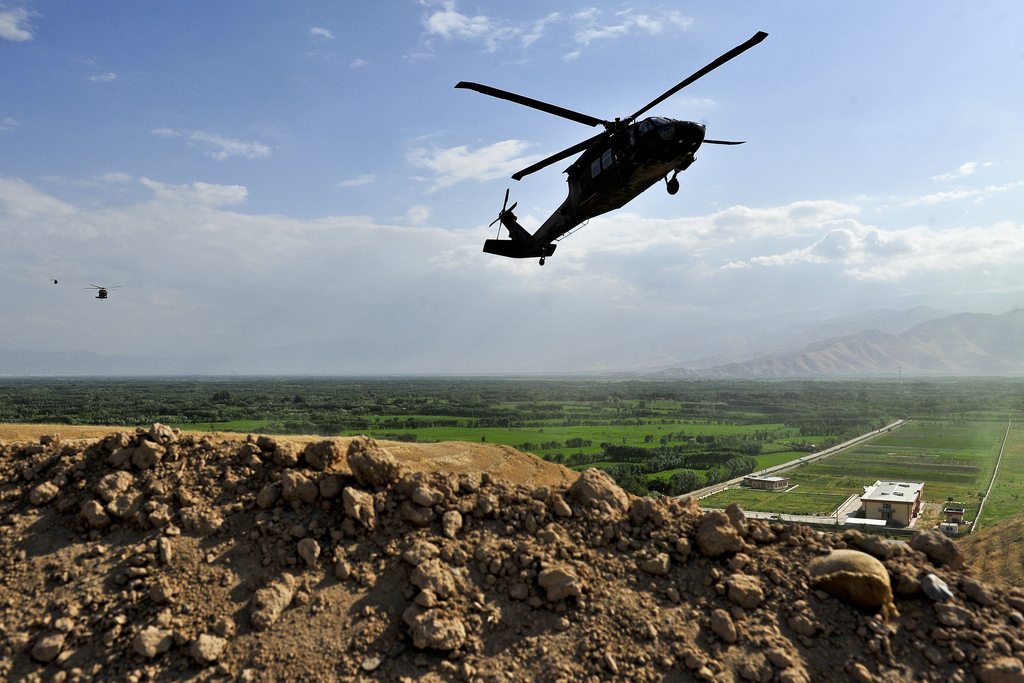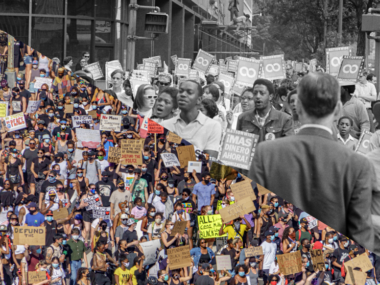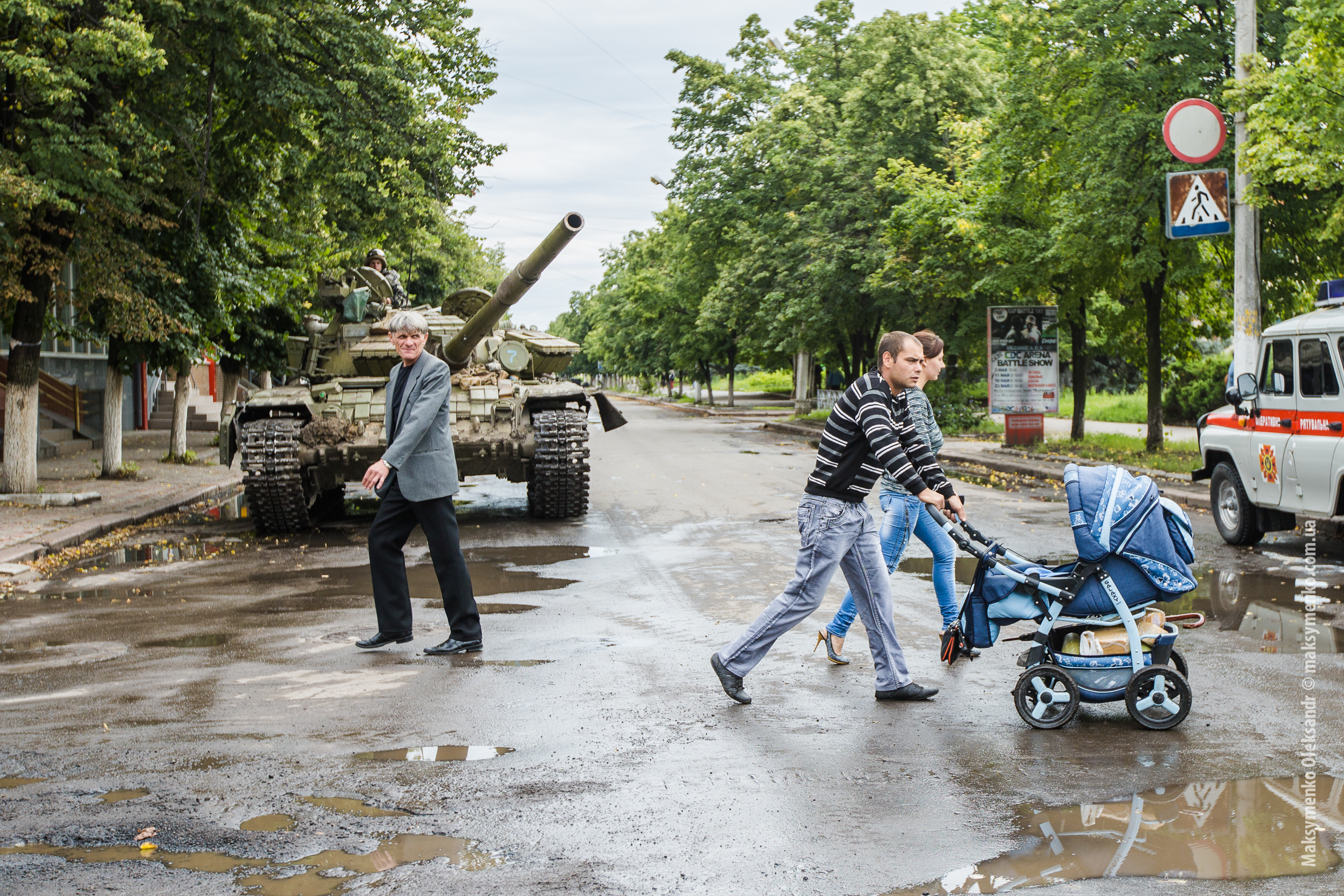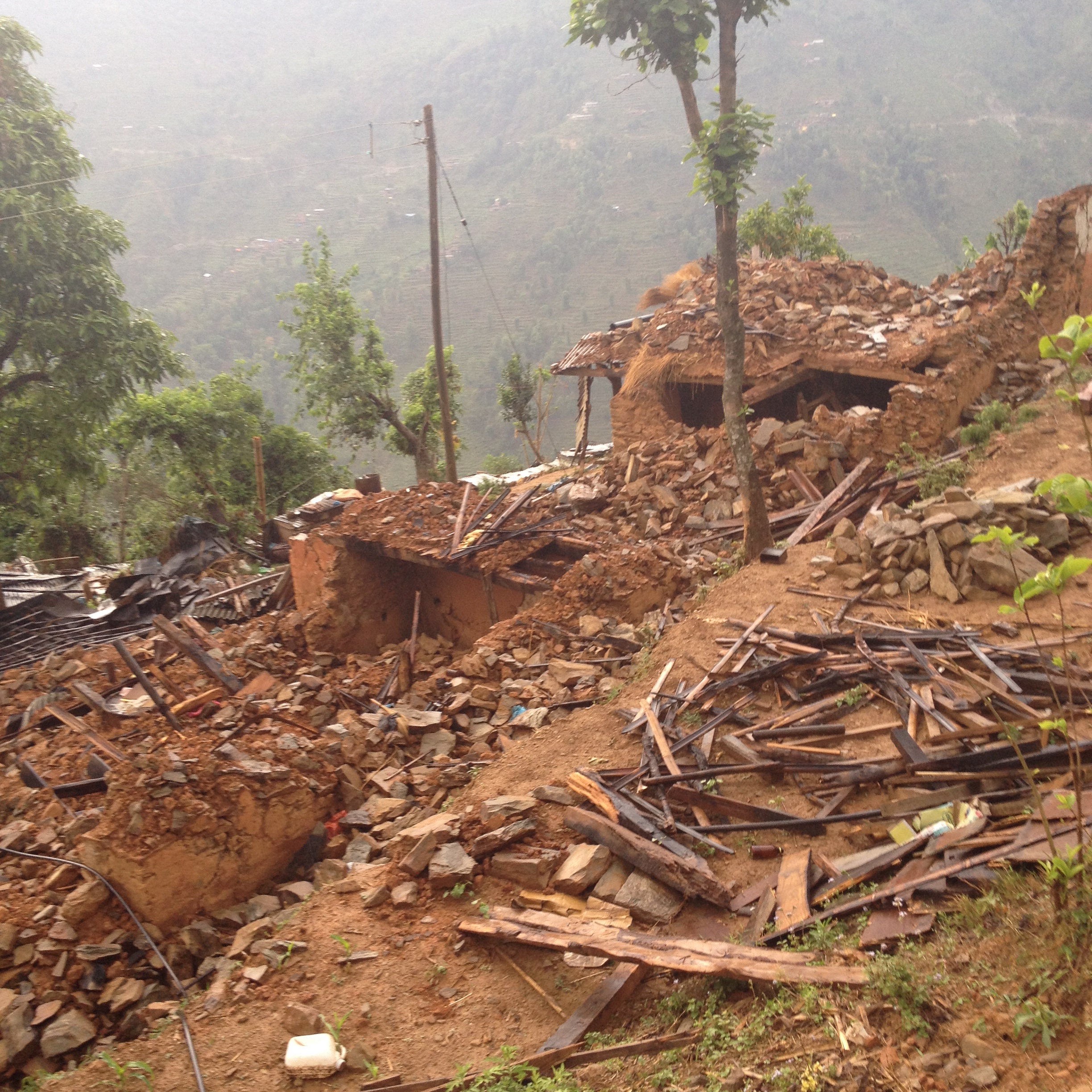By Laia Balcells and Christopher Sullivan.
For states and rebels in the midst of armed conflict, survival requires coordinating tactical violence in pursuit of larger strategic objectives. Combatant organizations must gather and communicate crucial logistical information on the activities of their enemies, agents within their organization, and civilian loyalties. In short, sustaining armed conflict involves a lot of paperwork—note taking, profiling, reporting, investigating, and summarizing.
In an increasing number of post-conflict states, this paper trail has become an important source for activists, survivors, and litigators seeking truth and reconciliation. For peace and conflict studies, the materials preserved in conflict archives are quickly becoming an important source of data for understanding the decision-making processes of combatants.
As illustrated by a special issue published this year at The Journal of Peace Research, scholars are increasingly turning to conflict archives to gain insight into conflict processes. Using materials from conflict archives across the globe, recent scholarship has opened up many promising new lines of research into topics such state surveillance, clandestine mobilization, civilian survival strategies, and the limits of micro-level conflict research. For instance, looking within security force institutions, new research from conflict archives shows how these secretive organizations (1) promote and preserve their infrastructure, (2) develop ideologies of warfare, and (3) deploy violence to build state capacity and limit dissent.
Of course, historical research has relied on government archives as a source of information for decades. New research on conflict archives adds rigor to this tradition by systematizing the process with which historical records are sampled, drawing clear and replicable measurement rules, and studying archival materials with sophisticated analytical techniques. For peace research, data from conflict archives offer two crucial advantages over other, more conventional data sources.
First, raw (i.e., unprocessed) material generated by combatants and collected from conflict archives gets researchers closer to the ground truth of what transpired in a particular event. Archives often provide better coverage across space and time than secondary sources or data produced by third party observers, such as NGOs or the media. This is true partially because the forces responsible for creating the archived documents typically have more resources than outside monitors. But more importantly, violence systematically distorts both the supply and demand of information produced by alternative data sources.
Second, conflict archives enable researchers to see like combatants (i.e., to observe the war from the ground up, contemporaneously as understood by those engaged in conflict). Conflict archives provide firsthand information on the behavior of conflict participants along with new meta-data about how the organization producing the documents understood and reported that behavior. When those documents are preserved in conflict archives, they allow for the direct examination of the internal organization and reporting structures combatants rely on to commit acts of violence.
Though archival work has many benefits, researchers studying conflict archives need to tread cautiously, drawing attention to both the strengths and weaknesses of materials sampled from an archival collection. In a recent article, we highlight a variety of standard best practices for researching conflict archives.
Understanding the archive – The researcher should have a knowledge of the archive they are gathering data from, the context in which the archive was created, and the potential limitations of their data. Understanding simple classification systems surrounding state secrets (e.g., confidential vs. classified) can provide new insights into how state bureaucracies reflect upon the significance of diverse problems as well as when and where they consider public involvement to be of use.
Developing a theory of inference – Is the researcher interested in using documents to provide some information about the entire population of conflict events or, as in the case of state archives, a subset of the universe of events that the state was aware of? In either scenario, scholars must recognize that they are dealing with convenience samples, in which the data generating process limits population level inferences. In our JPR article, we expand upon this concern by noting several methods for working with convenience samples and modeling the data generating process.
Sampling and coding – As scholars such as Christian Davenport, Will Moore, and Idean Salehyan have previously noted, researchers should begin by collecting information using basic, unambiguous categories (e.g., protest, arrest) situated at the most disaggregated spatial and temporal units possible. These categories can then be aggregated into more theoretically relevant event types and units of analyses. In addition, as Nils Weidmann and Espen Geelmuyden Rød have argued, when collecting information from conflict archives, data construction should involve two analytically distinct concepts—coding event reports and coding events. Separating the two into distinct but connected datasets increases the transparency of the coding process, provides opportunities for combining reports in various ways, and generates important meta-data that researchers can use to better understand the data-generating process.
Analytic techniques – We believe that what separates current research on conflict archives from earlier efforts is primarily the attention paid to systematically extracting relevant data in ways that produce clear, replicable measures of variables, and/or mechanisms that can be analyzed scientifically in order to assesses hypothesized relationships. In some settings, this will mean quantification, but in others settings qualitative methods will be preferable. As with all research, the methodological decisions guiding the analyses should reflect the research question being asked, the scholars’ theoretical expectations, and the nature of the available evidence. Conflict archives are relatively unique in that they are often able to provide both qualitative and quantitative information.
Combining methods and sources – Acknowledging that different research questions demand different research strategies (and that mixed methods often produce the most convincing results), we offer several points for working within the limitations of conflict archives. For example, one way that scholars studying conflict archives can address concerns of bias is to verify the information with other sources. In some settings, it can make sense to combines sources, though care must be taken to explain how and why these sources were selected and combined.
Transparency and Replication – Each step in the research process should be transparent and replicable. For subsequent replication, the coding protocol and sampling procedures need to be made available to the scholarly community and, in the interests of scientific advancement, we recommend that researchers release the raw disaggregated data, rather than limiting their replication data release to the processed data used in published analyses. We understand that research on conflict archives often requires years of effort and, as a result, researchers face professional incentives to retain the results of their efforts as proprietary data. But we suggest that a clear limit be set on this, such that the data are released to the broader scientific community within a reasonably finite period of time.
Archives are an extremely rich source of information for socials scientists working on peace and conflict. Though rather neglected until recently, archival research is now thriving and is likely to bring new, exciting findings in the years to come. We believe that rigorous and transparent use of conflict archives will make the most of them, and will produce positive externalities for the broad community of scholars who are looking into the past to understand present and future conflicts.







